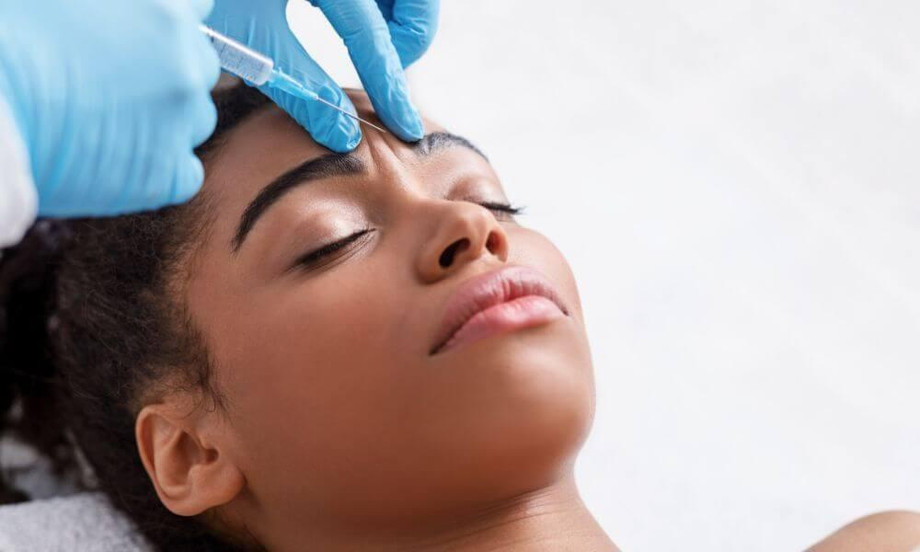If you’re considering Botox for the first time, understanding the process can help ease any concerns you might have.
Here’s a detailed look at what to expect during your initial Botox treatment:
Pre-Treatment Consultation
Your journey begins with a thorough consultation with your healthcare provider. During this meeting, you'll discuss your medical history, including any health conditions, past surgeries, allergies, or medications you’re taking. This information is crucial as it influences whether Botox is suitable for you and helps tailor the treatment plan.
You’ll also talk about your cosmetic goals—whether you want to smooth out forehead lines, reduce crow’s feet, or address frown lines. Your provider will listen carefully and work with you to create a treatment plan that meets your needs. Setting realistic expectations is important since Botox is designed to address wrinkles caused by muscle movement and might not be effective for static wrinkles or other age-related changes.
Use this time to ask questions about the procedure, its safety, potential side effects, and what you can expect during recovery. A good provider will ensure you feel well-informed and comfortable before moving forward.
Evaluation
During the evaluation, your provider will examine your facial muscles and skin to identify the areas that need treatment. Based on this assessment, they will craft a personalized plan to target the specific muscles responsible for your wrinkles.
Informed Consent
Before starting the injections, you’ll go through an informed consent process. Your provider will explain how Botox works to temporarily relax the muscles that cause wrinkles, offering a smoother appearance. They will also outline possible side effects, which can include minor bruising or swelling, and in rare cases, more serious reactions like drooping eyelids. Understanding these details will help you make an informed decision.
Preparation for Injection
Before the injections begin, your provider will clean your skin to reduce the risk of infection. They may apply a numbing cream if you prefer, though many people find the injections to be tolerable without it.
The Injection Process
Here’s what happens during the injections:
- Site Preparation: The treatment areas will be marked to guide where the Botox will be injected.
- Injection: Using a very fine needle, your provider will inject small amounts of Botox into the targeted muscles. The needle is thin, minimizing discomfort and the likelihood of bruising.
- Injection Technique: The provider may use a technique known as “fanning” or “serial puncture” to ensure the Botox is evenly distributed. This involves making several small injections in a specific pattern to relax the muscles effectively and reduce wrinkles.
- Comfort Level: Most people experience minimal discomfort, often described as a brief pinch. If needed, your provider might use ice or a numbing cream to further reduce any sensation.
Post-Treatment Care
After your Botox treatment, follow these care tips to maximize your results:
- Immediate Care: Applying ice packs can help reduce swelling and bruising.
- Activity Limitations: Avoid strenuous activities for the first 24 hours to prevent Botox from spreading to unintended areas.
- Avoid Touching: Refrain from touching or massaging your face to ensure the Botox settles properly.
- Medication and Alcohol: Steer clear of alcohol and blood-thinning medications before and after the treatment to reduce the risk of bruising.
- Gentle Skincare: Use a gentle skincare routine and apply sunscreen to protect your skin.
Results and Follow-Up
You should start to see improvements within a few days, with the full effect visible in about two weeks. Botox results generally last between three to four months. A follow-up visit might be scheduled to review your results and discuss any necessary adjustments.
By familiarizing yourself with these steps, you can approach your first Botox treatment with confidence and clarity.

